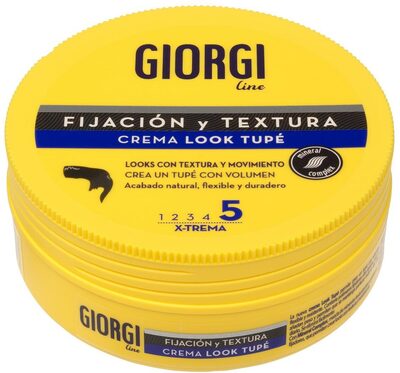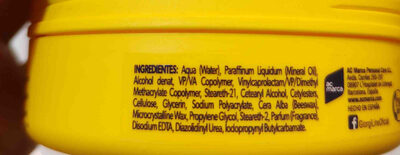Fijación y textura - Giorgi
Aquesta pàgina del producte no està completa. Podeu ajudar a completar-la editant-la i afegint-hi més dades a partir de les fotos ja disponibles, o fent-ne més amb l'aplicació de androide o iPhone / iPad. Gràcies!
×
Codi de barres: 8411135268043 (EAN / EAN-13)
Marques: Giorgi
Categories: Productes no alimentaris, Open Beauty Facts
Etiquetes, certificacions, premis: Fet a Espanya
Països on es va vendre: Espanya
Matching with your preferences
Entorn
Empaquetament
Transport
Report a problem
Fonts de dades
Producte afegit per veganeamos
Última modificació de la pàgina del producte per thaialagata.
La pàgina del producte, també editada per openfoodfacts-contributors, teolemon.
Si les dades són incorrectes o incompletes, pot completar o corregir editant aquesta pàgina.





